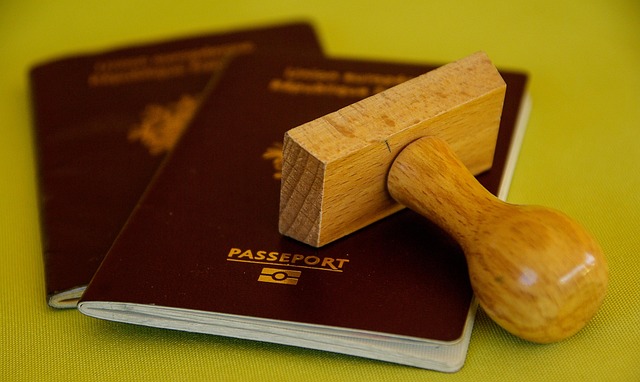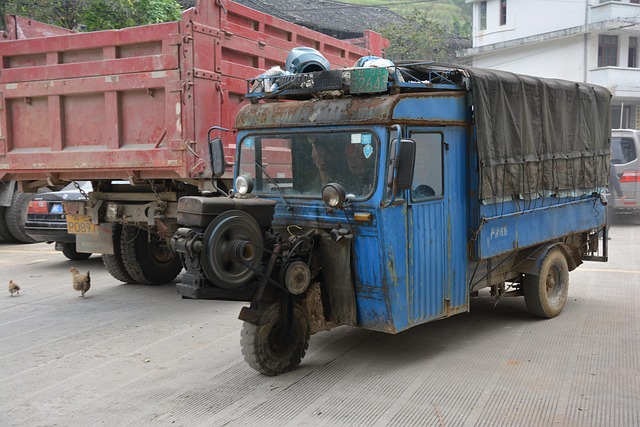
Flying With Baby in Lap
Introduction
Traveling with an infant can be a daunting experience, particularly when it comes to air travel. Many parents face the decision of whether to purchase a separate seat for their baby or to register them as a lap infant. This article provides a comprehensive overview of the considerations, guidelines, and tips for flying with a baby in your lap.
Understanding Lap Infants
A lap infant is typically defined as a child under the age of two who can travel on an adult's lap during a flight. Airlines generally allow one lap infant per adult, and this arrangement can significantly reduce travel costs. However, it is essential to understand the specific policies of the airline you choose, as they can vary widely.
Airline Policies
When planning to fly with a lap infant, it is crucial to review the policies of the airline. Some airlines, such as Alaska Airlines, have specific restrictions regarding the items that can be brought on board for lap infants. For instance, they do not extend certain allowances, such as diaper bags, to lap infants. In contrast, Delta Air Lines permits parents to bring a booster seat or other infant seats, along with a breast pump and associated cooler bag.
Cost Considerations
Flying with a lap infant can be more economical than purchasing a separate seat, but there are hidden costs to consider. While many airlines do not charge for lap infants, some may impose fees for additional baggage or specific items. Parents should be aware of these potential costs and plan accordingly to avoid unexpected expenses.
Travel Tips for Parents
Traveling with a baby requires careful planning. Here are several tips to ensure a smoother experience:
- Book Early: Reserve your tickets as early as possible to secure the best options for seating and availability.
- Check Airline Policies: Familiarize yourself with the airline's specific policies regarding lap infants, including baggage allowances and seating arrangements.
- Pack Wisely: Bring only essential items to minimize the amount of luggage. Consider using a lightweight stroller or baby carrier.
- Arrive Early: Arriving at the airport early can help reduce stress and provide ample time for check-in and security procedures.
- Prepare for Security: Be ready to remove your baby from the carrier or stroller during security checks, and ensure that all necessary documents are easily accessible.
In-Flight Considerations
Once on board, there are several factors to keep in mind. It is advisable to choose a flight time that aligns with your baby's schedule, such as during nap times. Additionally, bringing familiar items, such as a favorite blanket or toy, can help comfort the baby during the flight.
Conclusion
Flying with a baby in your lap can be a manageable experience with the right preparation and understanding of airline policies. By considering the guidelines and tips outlined in this article, parents can navigate air travel more effectively, ensuring a smoother journey for both themselves and their infants.

















 The World of Actions and Stuff in Minecraft Java!
The World of Actions and Stuff in Minecraft Java! 
 Health
Health  Fitness
Fitness  Lifestyle
Lifestyle  Tech
Tech  Travel
Travel  Food
Food  Education
Education  Parenting
Parenting  Career & Work
Career & Work  Hobbies
Hobbies  Wellness
Wellness  Beauty
Beauty  Cars
Cars  Art
Art  Science
Science  Culture
Culture  Books
Books  Music
Music  Movies
Movies  Gaming
Gaming  Sports
Sports  Nature
Nature  Home & Garden
Home & Garden  Business & Finance
Business & Finance  Relationships
Relationships  Pets
Pets  Shopping
Shopping  Mindset & Inspiration
Mindset & Inspiration  Environment
Environment  Gadgets
Gadgets  Politics
Politics 